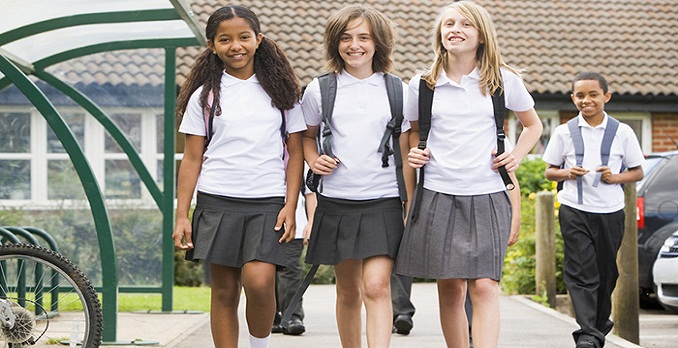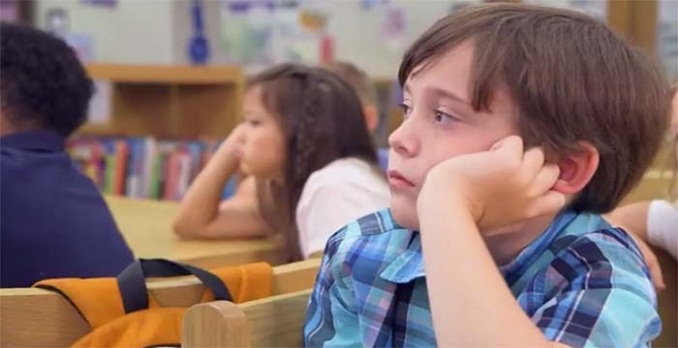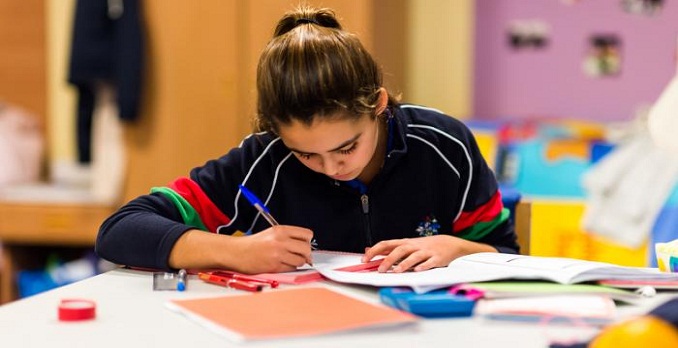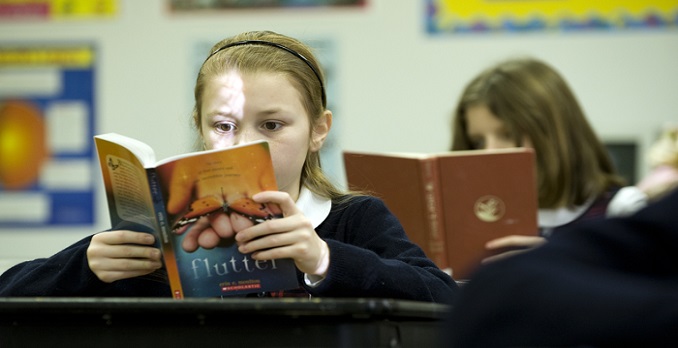There are three main divides between students and the school environment. In other words, the school environment is not representative of the reality of its students, does not meet the expectations of its clientele and, ultimately, limits their development when it claims otherwise.
1. The reality of the student and that offered by the school environment
Does the school provide the world that resembles that in which its students operate? Does it fit? Two examples come immediately:
In a first step, the integration of the EHDAA with the regular classes highlights the difficulties of this storage. Teachers must educate, socialize and educate all their students, but some need adaptive measures to achieve this. Where are the resources? We rely on teachers who have little training in this regard. Demonstrating pedagogical flexibility is an unavoidable feature to be developed among teachers. However, support resources for these teachers and students with special needs are needed. The reality dictated by the Training Program is far from being modeled on the reality of students with special needs. It is more about improvisation than about effective intervention!
Another eloquent example symbolizing this fracture is certainly the fact that students operate in a digital environment. They interact in several ways, newly, via social media. They access all the knowledge of the world from the beginning of human consciousness via their smartphone, located in the hollow of their pocket. How does the school react to this reality? It bans these electronic devices. Why? There are two main reasons for this:
Because teachers are afraid of many things, including being judged (or ridiculing), through photographs, videos or sound recordings. They are also afraid of losing their place in the classroom as they lose that monopoly of knowledge they have historically held for ages. Also, their authority would be threatened by these devices. There are several other apprehensions that are all equally legitimate but do not justify the prohibition of access to these personal technological resources.
Because the paradigm on which the school is based is outdated. Why would students use their smartphones? They would have access to all the information! So what? When they work, they will always have access to all the information! The professional environment has understood this, but not the school environment … Do we have to recall that the training program highlights competency teaching, while the organizational culture of the world of education continues to evolve at the pace of ” Education? In this sense, it is not surprising that ICTs embedded in pedagogy are perceived by many as a threat to the world of education. Quite often, those who denounce the technological shift of schools also denounce the incompatibility of electronic devices with their teaching. The integration of ICT requires a paradigm shift. The threat to education is not ICT or novelty. It is the conservatism and inertia of some actors in the world of education at all levels.
You can Read Also Another Article on prforeducators : 10 tips to be a good student
2. The expectations of the student and those of the school environment
The school environment is one of those very rare markets that cares little about the expectations of its clientele to subsist. It is fully funded by the government, regardless of the performance of the school, school board or existing staff. In fact, when there is a section of the Education Act that stipulates that attendance is compulsory until June of the school year of the student’s sixteenth birthday, is that necessary to submit to the needs of our students? They are obliged to be present!
In short, customers are forced to consume school services. And when they are of legal age to decide, about 20% of our clientele decides to leave the boat.
We must take the pains to examine the needs and expectations of our students, instead of imposing an outdated model on a clientele that drives newness and contemporaneity. This involves a redefinition of the role of the teacher in his class and a revision of his teaching strategies. Education must be more representative of the model of society in which it operates.
3. What the student aspires to and the opportunities offered by the school environment
Is the school a medium for the development of the potential of its pupils, or a tool for conformity in the casting which, in fact, makes it possible to fix the parameters for their realization? In other words, are the possibilities of achievement predetermined and preset?
Does our school setting up all the conditions to encourage creativity among its students? And their curiosity? Is it encouraged? Exploited? Enhanced? Per Ken Robinson, these two characteristics are among those that distinguish us from animals. Do we create winning conditions to see them emerge? Do we train programmed automata to deal with the same problems of their parents with the same tools and the same solutions? Society often complains about the lack of imagination of its leaders. This is paradoxical, as we train our future leaders in the same way that our leaders have themselves been educated.
Whether old or new, we need new solutions. It is imperative to think differently to hope to act differently. Is the school environment a fertile breeding ground for the incubation of creative and innovative ideas or does it provide an environment for the recovery of ideas that have already been tested?
That said, the student aspires to a greater openness to ideological diversity in his / her school environment. If we proclaim loud and clear that the only limits are those that the pupil imposes, it is high time to put this maxim into practice!










